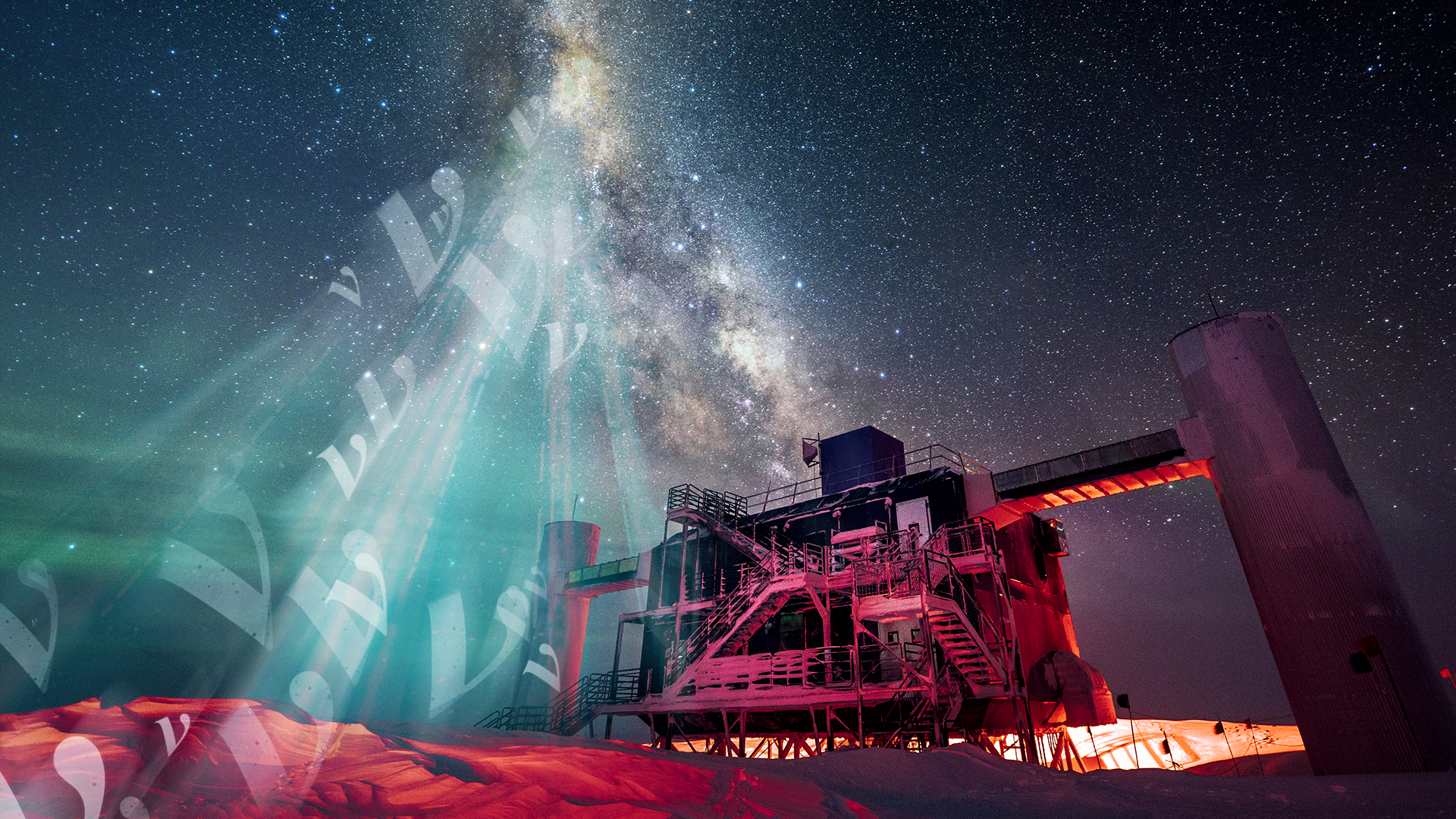

There absolutely are, but I’m not super familiar with all of the consequences of majorana neutrinos. /u/drail@fedia.io might be able to provide a better answer. My background is experimental nuclear physics, so I’m familiar a lot of experiments searching for beyond the standard model physics, but less so with the theory motivation.
One consequence of neutrinos being their own antiparticles is that it breaks lepton number conservation. This also breaks chiral symmetry, since all neutrinos are right-handed and anti-neutrinos are left-handed. This observation would also imply that neutrinos have mass - which is assumed but would be a really big deal to prove.








This is the same WaPo columnist who wrote Democrats weaponizing flags to intimidate Alito is an embarrassment
So maaayyybe she doesn’t have the best judgment.